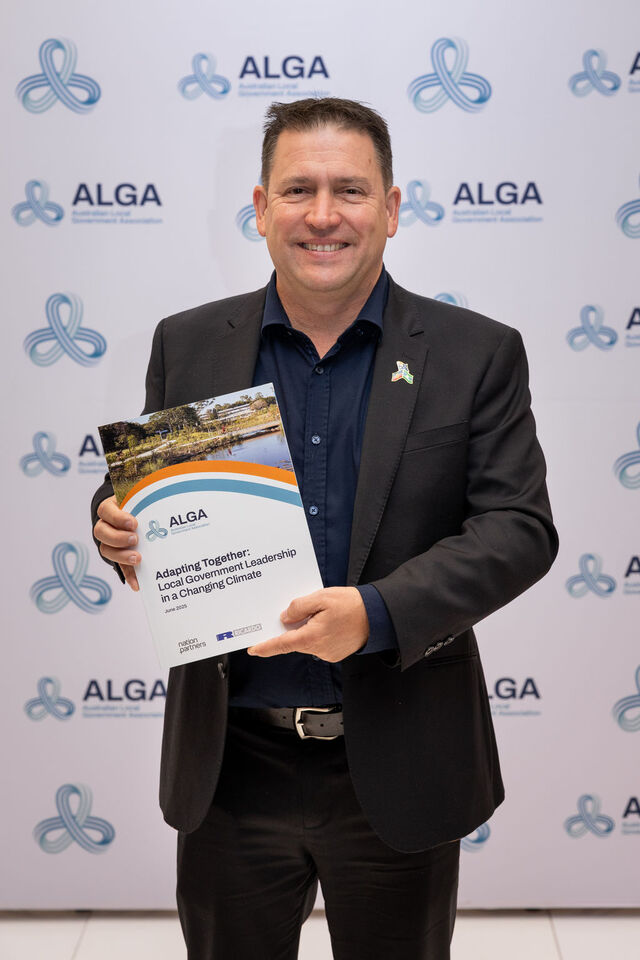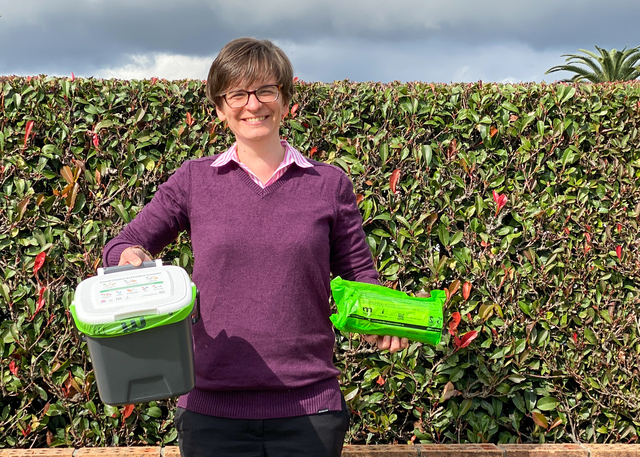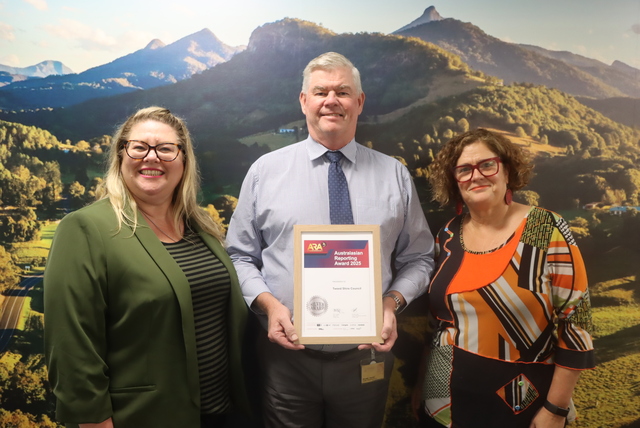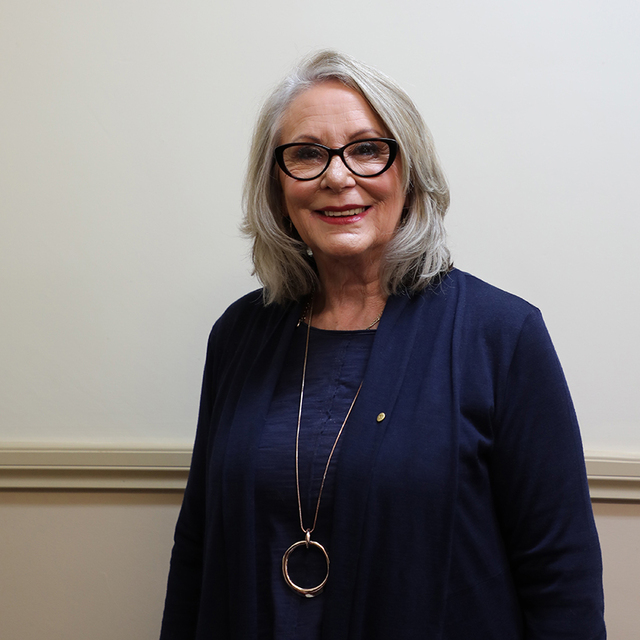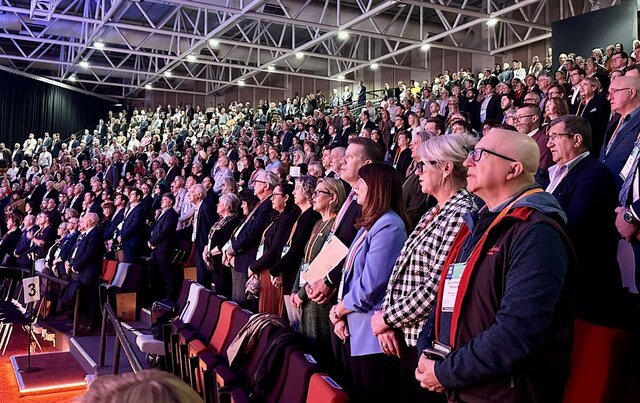Local governments are increasingly looking to involve residents in the design of services and technology is making it easier to do so.
Local councils have been facing an increasing demand to offer a diverse range of services to their communities and today’s digital citizens expect faster, more frequent, and more personalised services.
A University of Technology (UTS) research report, ‘Local Government Matters’, revealed that over 90 per cent of citizens want government to involve them in decision-making.
The adoption of a “co-design” approach is a concept that is still evolving in Australia, but it can significantly shift the role of local government away from simply being a provider and the community from being just the recipient.
Technology plays an important part in the process of creative co-design.
Social media sites and online platforms, for example, are tools in the process of co-production, according to the UTS report.
For instance, Alpine City Council in Victoria broadcasts its council meetings over You Tube, while the City of Port Phillip, also in Victoria, has developed an online historical map that citizens can input into.
Most local governments now understand that today’s generation of citizens are “always connected and mobile”.
According to Deloitte, 15 million Australians use smartphones in Australia, with the entire nation glancing at their devices more than 440 million times a day.
However, much of the digital effort amongst local councils has been dedicated to building websites and digitising forms only.
Whilst some of these forms are writable PDFs, most are not and still require the user to painstakingly download the form, print it, complete, scan and finally, return the form by email.
A key benefit of the co-design approach is that is allows users to apply their experience and contribute to designing the solution, before it is implemented.
For example, the City of Yarra recently undertook a co-design project to transform underused streets into local parks.
The council designed and installed a new park in North Richmond for a six-month test drive.
The community was invited to contribute to the build and programming, and to provide feedback on the park.
Using a co-design methodology the park will change and evolve over time in response to various uses, feedback and experience.
At the same time, there is still a real fear among councils that if users are given a blank sheet of paper they will “go off reservation” and come back with ideas that will not be feasible to consider and develop further.
To that end, council teams start to apply the “dark arts” of managing expectations, risk mitigation and managing the political process to ensure containment before the process even achieves an outcome.
Moreover, digital tools and their use as part of co-design remain limited in their use in this space.
Whilst there is a willingness to engage using technologies, there are still concerns about the possibilities of digital literacy of the council and community, as well as the possibilities for engaging all citizens, where digital divides remain apparent in many local areas.
Co-design should be an informed and a guided process to ensure users generate ideas that will be workable as well as feasible. Co-design is about going beyond the minimum required consultation. While for some it may be risky, the ultimate reward is that the council gets something that users want to use.
These insights were ascertained via a report commissioned by Civica and undertaken the Institute of Public Policy and Governance at the University of Technology Sydney (UTS IPPG).


